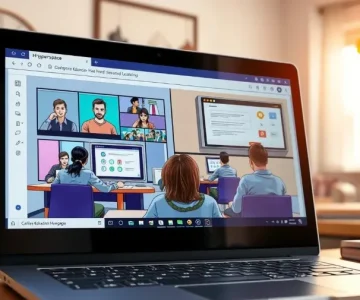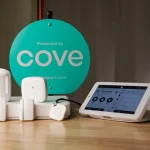In an era where digital tools have become a natural extension of the classroom, educators are moving beyond surface-level tech integration. The goal is no longer just to use technology, but to harness it in ways that deepen understanding, inspire curiosity, and create meaningful learning opportunities. This shift toward purposeful digital engagement is opening the door to innovative educational landscapes, especially with the rise of the metaverse.
The metaverse, when adapted for education, offers a safe, controlled, and highly interactive environment for students to learn. Unlike traditional virtual reality (VR) setups, metaverse classrooms are designed to be monitored spaces where collaboration thrives. Here, students can explore immersive simulations while still interacting with peers and expert teachers, blending the independence of VR with the social and relational aspects of in-person learning.
While VR on its own can be an isolated experience, metaverse-based learning changes the dynamic entirely. Students share a virtual space, encouraging active participation, accountability, and focus. Instead of fragmented activities, the metaverse creates a cohesive learning hub that supports both individual exploration and group collaboration.
Perhaps one of its most exciting benefits is global connectivity. Students can join lessons led by top educators from anywhere in the world, work alongside peers from different countries, and share perspectives that broaden their worldview. This level of interaction not only enriches subject knowledge but also builds cultural understanding and teamwork skills.
In practical terms, the possibilities are remarkable. Imagine exploring the core of a volcano during a geography lesson, constructing a solar system in astronomy, or examining a human heart on a massive scale in biology—placing organs into a skeleton as if assembling a real body. These experiences, impossible in a traditional classroom, become accessible and risk-free within the metaverse.
This technology aligns naturally with hands-on, inquiry-based approaches to teaching. It sparks curiosity, boosts engagement, and bridges gaps for students who face accessibility challenges or who cannot take part in real-world field trips. Teachers can embed VR activities across subjects, using them as strategic tools to enhance understanding, collaboration, and problem-solving.
The integration of the metaverse into education is not without its challenges. To succeed, it requires thoughtful planning, clear learning objectives, and educators who are trained to maximize its potential. When implemented effectively, it has the power to redefine what learning looks like—making it more interactive, inclusive, and connected than ever before.





